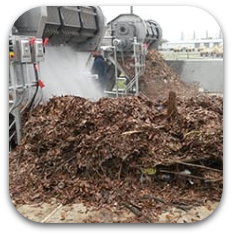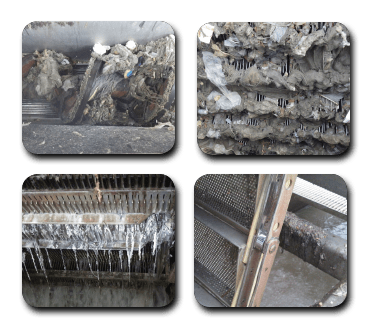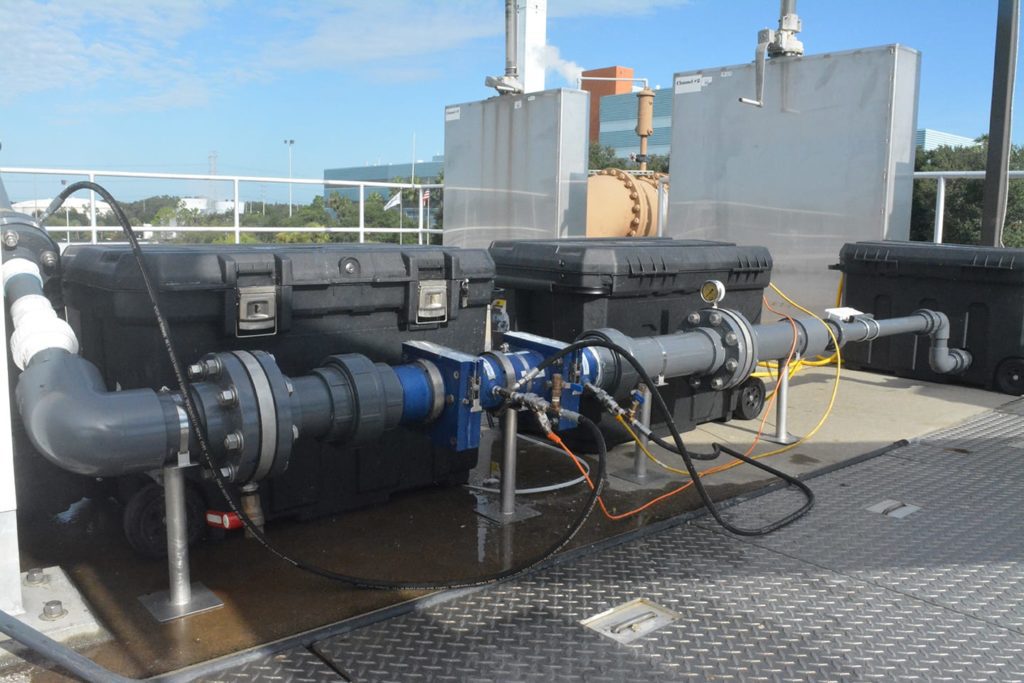Innovative technology for intelligent
resource management.
Just as each plant has its own processes that dictate the amount of protection it requires, the influent flow every plant receives is unique as well. The design of a collection system, constituents feeding the plant, stormwater infiltration, variations in flow and more all have a direct impact on the operational efficiency of the plant.
Studies have shown that wet screenings quantities encountered at different plants can vary by as much as 240%, and SCR between different screen styles can vary by as much as 50%. Even screens with the same opening size can have dramatically different SCRs. For example, the 6mm opening size recorded an SCR as low as 32% for a spiral-style screen and as high as 84% for a center fed band-style screen.


• Inflow and infiltration
• Area of collection system and
length of sewer lines
• Number and size of pump stations
• Type of pumps and presence of
coarse screening or grinding at
stations
• Equalization or storage basins
• Septage and grease hauler
dumping
• Density
• Hotels/resorts/laundry facilities/
hospitals/sports stadiums
• Correctional/Institutional facilities
• Local industry
• Pumped to or gravity-fed
• Length and slope of influent
channel
• Number of channels and flow
distribution
• Pretreatment such as coarse
screening or grit removal
• Infiltration and Intrusion
• Weather conditions like
drought or heavy precipitation
• Water use restriction
• Reduced protection and lifespan of downstream processes
• Increased capital costs from oversized or prematurely replaced equipment
• Decreased equipment lifespan
• Equipment failure due to structural deficiencies under hydraulic forces
• Increased maintenance costs
• Increased blow through of screenings
• Reduced screenings capture
• Increased electrical and wash water requirements
• Flooded headworks structures
• Solids deposition upstream
• Improper removal of organic materia


On-site Screen Sizing represents a significant technological leap in the way treatment plants design their headworks structures. Just as the Hammerhead Shark uses its highly specialized sensory receptors to analyze and dominate its environment, Hydro-Dyne’s Hammerhead On-site Screen Sizing equipment utilizes an array of technologies to test and analyze a treatment plant’s unique wastewater environment.
For the first time, treatment plants and collections systems can now easily understand their unique influent characteristics to make truly informed decisions on how their influent can impact their processes system-wide. This advancement in process analysis and resource management results in an efficiently designed headworks for an individual plant that significantly reduces operating, maintenance and capital costs, extends the life of downstream processes, and improves the overall performance and efficiency of the treatment plant or collection system.
• Improved protection and extended life of downstream plant technologies
• Significant reduction in many of the unknown variables currently utilized in equipment design
• Decreased capital costs attributed to oversized equipment and channels
• Reduced maintenance of equipment throughout the plant
• More accurate hydraulic predictions
• Increased headworks equipment life
• Defined dual stage screening
• Proper design and sizing of screenings handling units
• Significantly reduced chance of equipment failure or headworks flooding


Do you have any questions or would you like more information? We’d be happy to hear from you.
4750 118th Avenue North Clearwater, Florida 33762 USA Phone: +1 (813) 818-0777 Fax: (813) 818-0770
Copyright ©2024 Hydro-Dyne Engineering. All Rights Reserved. | Privacy Policy | Terms of Use